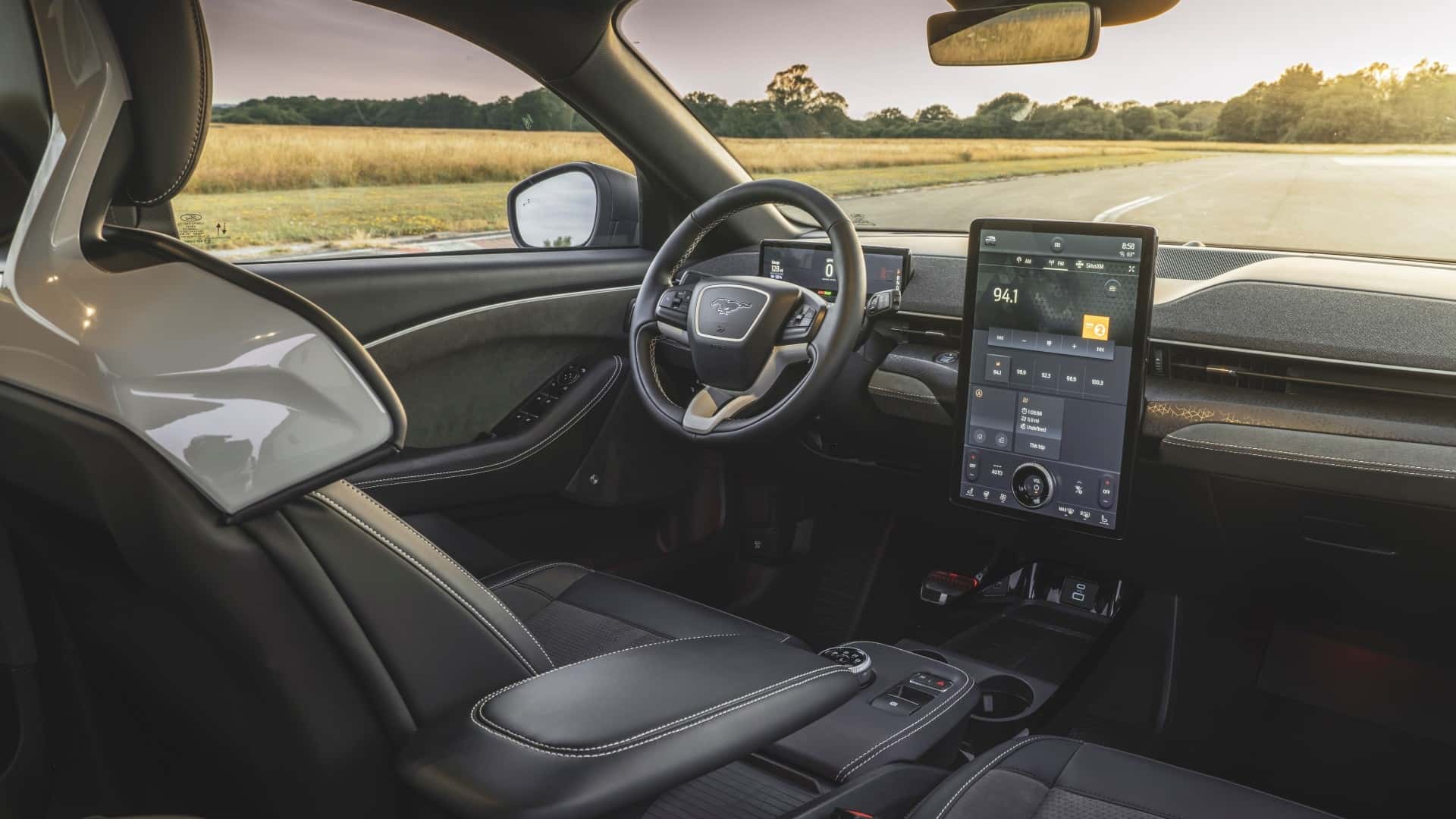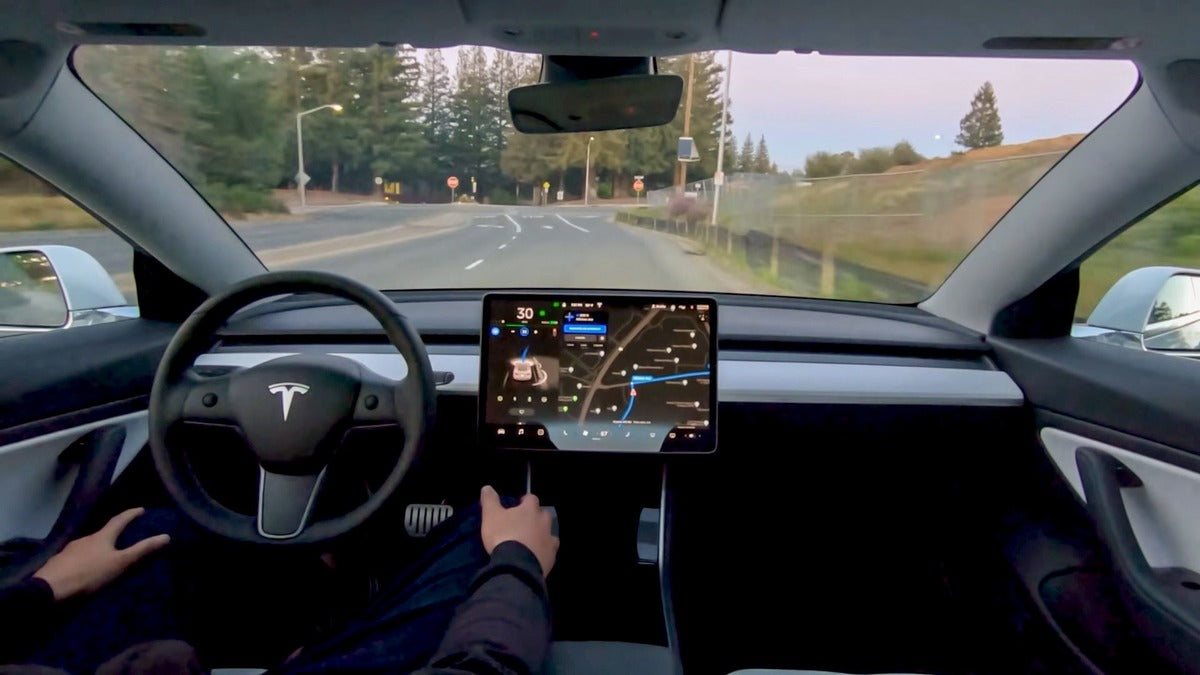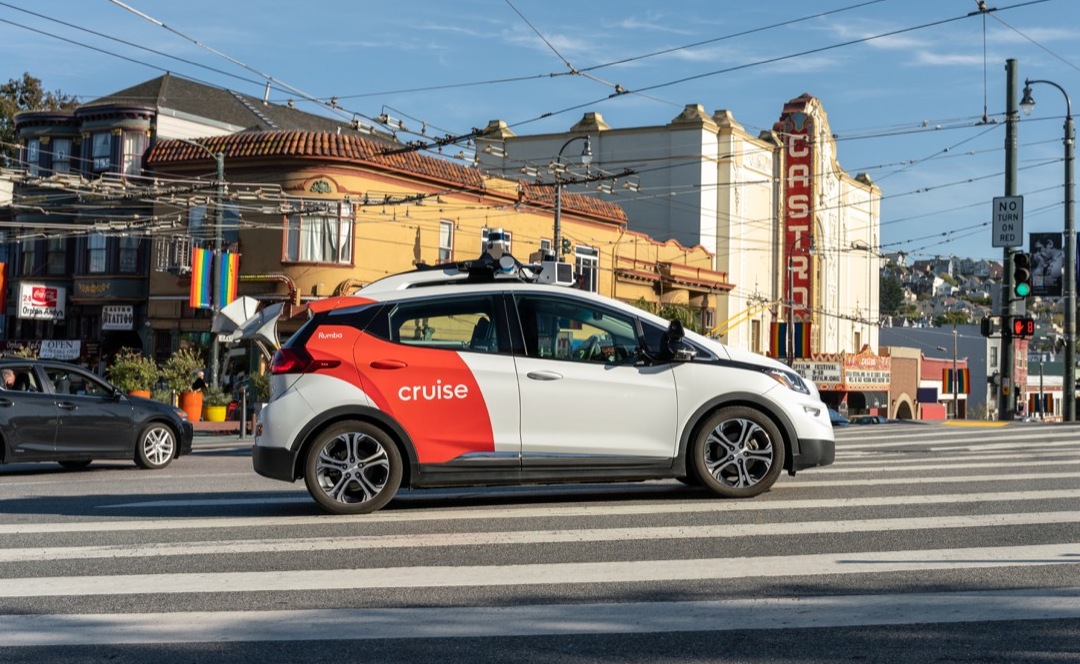The discussion surrounding the presence of AM radio in modern vehicles has gained momentum, as automakers seek to move away from this traditional radio format. Simultaneously, government officials emphasize its significance during large-scale emergencies. Recent research reveals that retaining AM radio in vehicles could potentially cost the industry as much as $3.8 billion over the next seven years.
The Center for Automotive Research (CAR), an organization with ties to major automotive companies, including General Motors and Ford, conducted this research. One of the primary factors contributing to this issue, according to automakers, is the rise of electrified vehicles. These vehicles emit electromagnetic interference that interferes with AM radio receivers, leading to reduced sound quality.
Consequently, several automakers, such as Tesla, Rivian, VW, Volvo, Polestar, BMW, and Ford, initially opted to discontinue offering AM radio (though Ford later reversed this decision). This development raised concerns among government officials who argue that AM radio serves as a vital communication tool during emergencies, particularly in rural areas.
In response to this concern, senators have advanced a bipartisan bill that proposes mandating the inclusion of AM receivers in new vehicles. While it is technically feasible to modify radio equipment to make electric vehicles (EVs) receive AM radio waves, this modification incurs additional costs for automakers.
Measures to enhance AM reception in EVs involve incorporating extra shielding for radio cables, electromagnetic interference (EMI) filters, and noise cancellation systems. The CAR estimates that implementing these measures between 2023 and 2030 could cost the industry $3.8 billion.
While this figure may seem significant, it is important to note that the cost would be distributed across the entire automotive sector, and the CAR’s estimate is based on a per-vehicle cost of up to $70. However, industry sources suggest that the equipment required to safeguard AM reception could be as affordable as $50.
According to the Center for Automotive Research, discussions with industry insiders have revealed that the material cost of addressing AM band interference in EVs is relatively low, as mitigation measures are often necessary to support other electronic systems susceptible to EMI.
The center acknowledges that additional time and effort, and therefore expenses, would be needed to develop detailed engineering specifications for these components. Moreover, there may be concerns about the added weight of these components, but a supplier cited by CAR indicates that a filter would add only 2.2 pounds (1 kg) to a vehicle.
Nonetheless, the center contends that mandating analog AM receivers could pose a “significant burden” on automakers. The decision on whether this burden is reasonable or not will ultimately rest with the senate.







